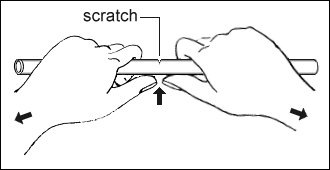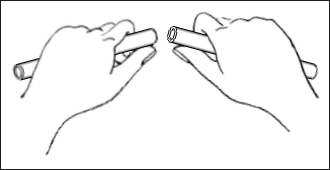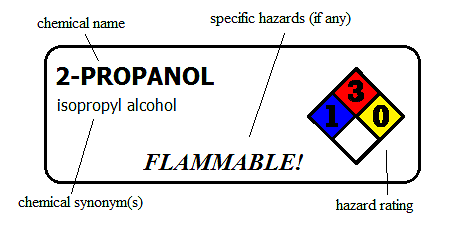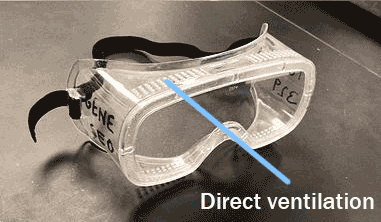Lab Safety Summary
The following is a general summary that brushes upon (but does not go into fine detail about) everything one might find on this website concerning lab safety.
This page exists so that those less inclined to read every little detail might have something to give them some general knowledge.
Most of lab is common sense:
- If something is spilled, clean the mess
- If glass shatters, clear the pieces
- If the area is messy, organize it
- If you took equipment out, put it back
- If you touched a chemical, wash your hands
- When you’re done working with chemicals, put them where your professor tells you to do so.
All of these are common knowledge, with the main problem not being the what of it all, but rather the how.
In this case, it’s easy to follow our guidelines. The lab instructor will know which chemicals are more dangerous than others, and will thus know how to take care of any spills (regarding neutralization and such). For glass, it’s pretty easy: keep the shards away from exposed skin, sweep it up, and pour it in the glass trash. Messes just require proper placement, and returning equipment is as simple as it sounds.
For chemical washing, use hand soap (not the big bottles used for dishes). The hand soap has a higher concentration of soap than the bigger bottles, and so will help with washing more efficiently. A student should wash his or her hands after every lab, and even throughout the lab.
No students should ever wipe their hands around their faces or eat or drink anything before thoroughly washing their hands after lab. This applies especially to food, seeing as it is very possible that chemical contamination can be fatal if swallowed.
This leads to the very sensible rule that no food or drink is permitted in lab. Smoking is also not allowed.
No student will ever be asked to taste anything in lab and, therefore, no student should ever taste anything in lab. Also, no student should ever directly smell any chemical. Fumes can be toxic, and even one whiff might cause temporary/permanent damage. If smell is necessary, the student should cup air around the fumes and bring the scent over (not the same as inhaling direct vapors).
Chemicals can be hazardous and/or bad for the environment. Most chemicals used in the lab will ultimately be placed in a properly labeled hazardous waste container once you are done working with it, as indicated by your professor. The only time you may put chemicals down the sink is when your professor directly says you are allowed to do so.
No lab will be permitted to proceed without a lab instructor. In accordance to this, no chemicals will be given out for that lab unless the instructor is present. This includes make-ups for missed labs.
Intro: Lab safety exists so that protocol-12 can be followed. Protocol-12 creates order, and order creates a happy chemistry stockroom staff.
SDS and MSDS Sheets: Safety Data Sheets and Material Safety Data Sheets are logs filled with information about every chemical we supply. These sheets exist so that we know anything we need to know about the chemicals we handle. These sheets help to increase our safety and understand the individual chemicals on a more advanced level. From these sheets, we learn more about hazard associations especially. An SDS is the same as an MSDS, just with more information in a more tightly regulated format.
Hazard Labeling System: The government does not regulate the hazard (number) grades given to varying chemicals. In fact, the manufacturers of the chemical do, and not all ratings are the same. That said, no hazards are rated more than a single hazard number away. Below are quick-view diagrams to give you a brief idea of what the labels mean.
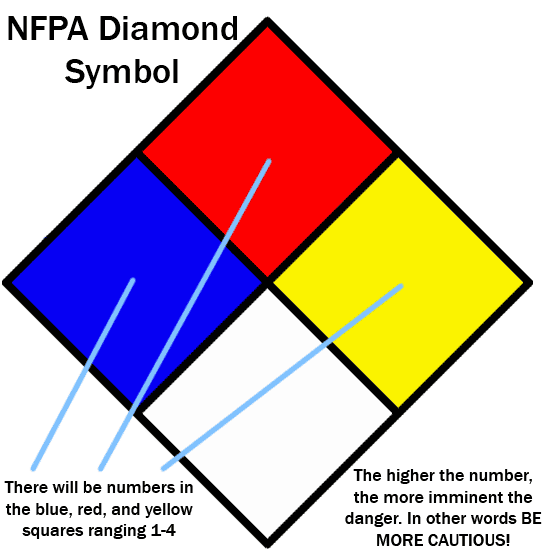 |
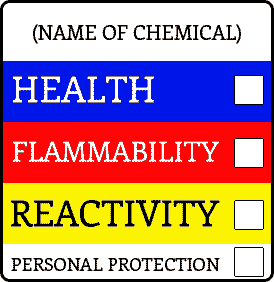 |
The following two symbols might be found in the white square: OX – indicates that the chemical possesses oxidizing properties W – indicating that the chemical is unusually reactive to water |
|
|
Chemical Labels: the four components to a standard label are shown above
The location labeled as “specific hazards” follows these guidelines
- If blue hazard number is 3 or greater, label must read CORROSIVE or POISON
- If red hazard number is 3 or greater, label must read FLAMMABLE
- If yellow hazard number is 3 or greater, label must read EXPLOSIVE or EXTREMELY REACTIVE
- If white is water reactive, label must read WATER REACTIVE
As for physical barriers of protection, most students are required to wear goggles, gloves, and lab coats in the laboratory. Lab coats should preferably cotton. All of these materials can be found/ordered at local stores relative to the campus.
Goggles must be indirectly vented. Examples are shown below:
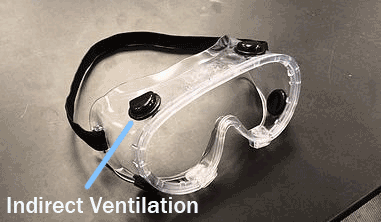 |
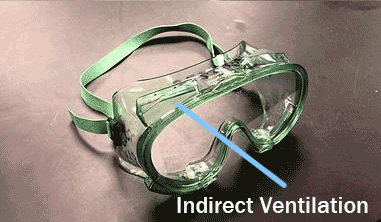 |
BAD:
|
|
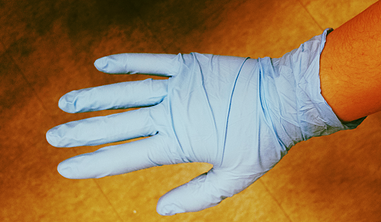 |
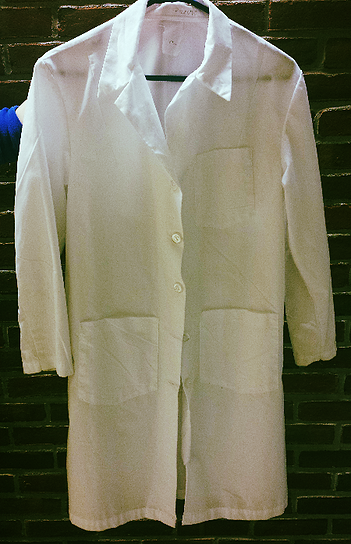 |
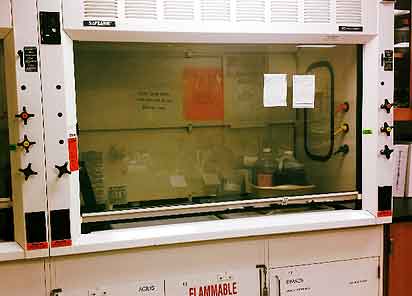 |
The above picture is a chemical hood. A lot of chemical work is done here. This is not only because hoods are ventilated, but also because they are a great source of secondary containment. A chemical hood increases safety, as well as ease of cleaning.
In regards to washing dishes (equipment), students are supplied with sponges either in their drawer or in the laboratory. Each lab room is supplied with multiple bottles of soap, as well as at least two sinks. Glassware should be rinsed, so long as no chemicals that are harmful are drained first, and then a soapy sponge should be used to wash the dishes. After scrubbing the glassware for a few minutes, the glass should be rinsed and then dried with paper towels, also available in the lab.
In the advanced and organic labs, if soap and water doesn’t do the trick, try a quick rinse of acetone. But don’t use the whole acetone bottle trying to get something out. If it still doesn’t clean easily, talk to your instructor or Chemistry Stockroom personnel.
Washing should be done with gloves on, especially in more advanced chemistry classes.
For best results, the glassware should be rinsed with the distilled water available at the sink.
How to break glass tubing in case one should need to:
